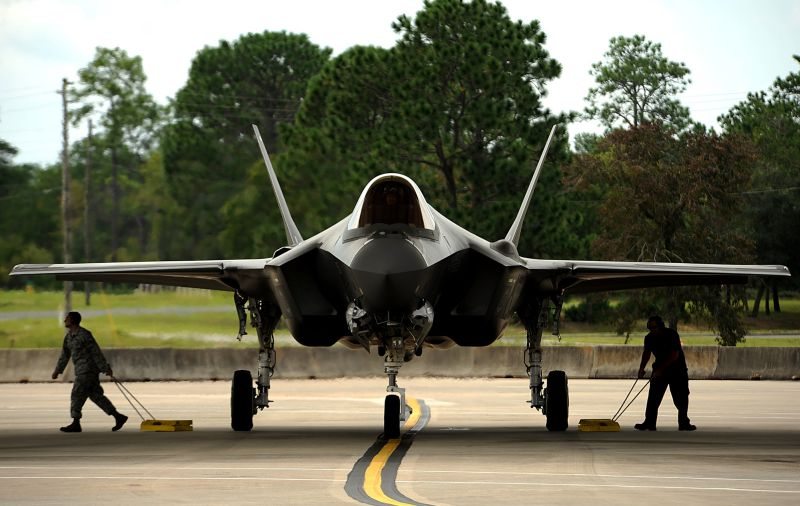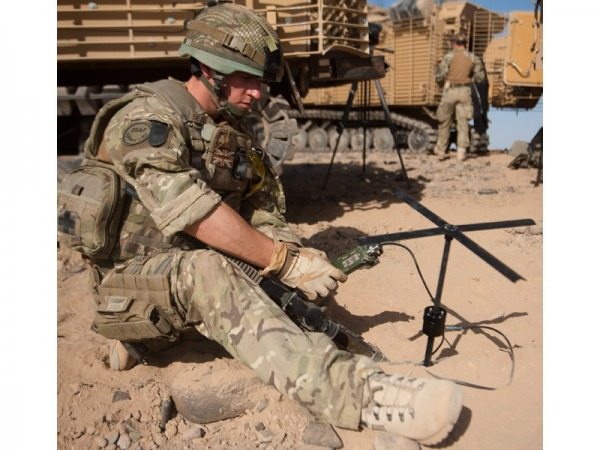The Air Force will see few force structure changes this year, but readiness and modernization accounts will be in flux this year and next, Air Force Secretary Michael B. Donley said here today.
The secretary also told the Defense Writers’ Group that now is the time for another base realignment and closure process.
Readiness and modernization will be problems for the service, Donley said. Air Force readiness has declined since 2003 as the service concentrated on providing support for counterinsurgency operations in Iraq and Afghanistan, he explained, and providing combat power for the full spectrum of operations has decayed.
“Air-to-air combat, suppression of enemy defenses [and] operations in a contested air environment have not gotten the attention they deserve, and readiness has declined in that respect,” Donley said.
The service had been working to rebuild readiness, he said, but sequestration spending cuts have thrown that effort out the window. Troops and aircraft deploying in support of operations are top notch and receive the training, equipment and supplies they need, the Air Force secretary said, but stateside training has been slashed.
A flying hour reduction of 18 percent is concentrated in the last six months of the fiscal year, and only to stateside-based units, Donley said.
“We are standing down nine fighter squadrons, three bomber squadrons, … and there will be an additional bomber squadron this summer when it returns from deployment,” he added. “It will make the challenge of readiness in [fiscal year 2014] that much harder.”
Some of the recovery from this drawdown will take months, but for depot-level maintenance, which the service is deferring, recovery may take a year or more, he said.
Modernization remains an overarching problem for the Air Force, the secretary said. The average age of the air fleet is increasing, with some aircraft — B-52 bombers and KC-135 tankers — being far older than their crews, he noted.
The Air Force must modernize across the board, Donley said. In addition to its fighters, bombers, tankers and trainers, he said, the service also must modernize satellite capabilities and intelligence, surveillance and reconnaissance capabilities.
“Every mission area that you can think of needs to be modernized,” he added.
The fiscal situation could be the Air Force’s best chance to eliminate excess infrastructure, Donley said.
“It’s a significant forcing function,” he added, noting that Air Force officials estimate the service has roughly 20 percent excess infrastructure by square footage. Eight closures conducted during the 2005 base realignment and closure round, he said, were relatively small.
Since then, the Air Force has retired more than 500 aircraft, and the number of personnel has shrunk. The best way to do this is to retire aircraft and eliminate the infrastructure that supports those aircraft, Donley said, but aircraft retirement decisions and base closure decisions are made in separate worlds. The Air Force did do this in a drawdown during the 1990s, he added, but has not since then.











